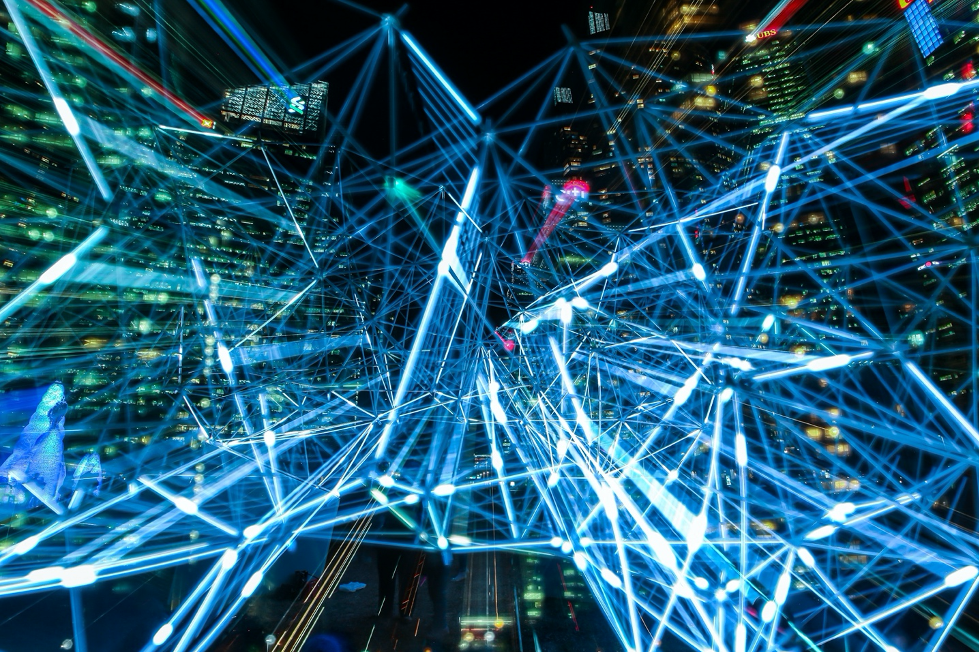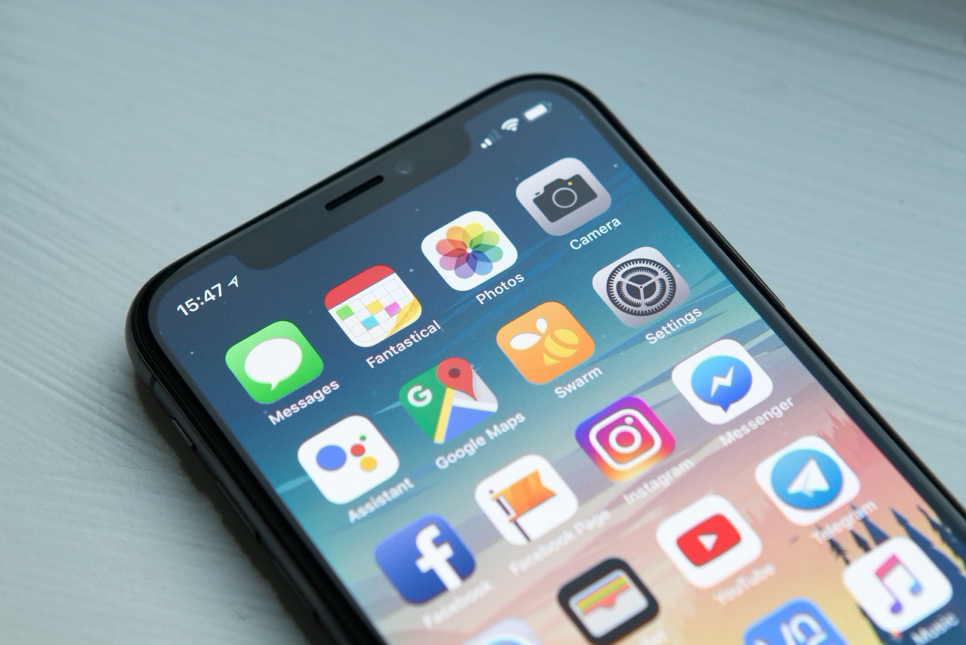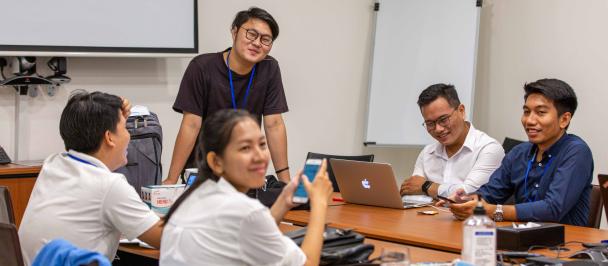Photo by: Pexels
COVID-19 has exposed our inability to rely only on a single or existing data point to inform our response. In order to understand the current realities of citizens and to develop contextualized solutions, we need to harness the technology of our time and start to invest in big, thick, and rich data.
Since the arrival of COVID-19, governments around the world have struggled to assess what is really happening on the ground and how they can respond effectively. This crisis provides us with an opportunity to use different types of data to gain fresh insights and unlock new patterns.
The UNDP Accelerator Lab in Cambodia in collaboration with the UNDP Socioeconomic Team has invested in both traditional and non-traditional sources of social and economic data to understand the challenges faced by informal workers and micro, small and medium enterprises (MSMEs) across the country. This data is critical to understanding and responding to the socio-economic impacts and consequences faced by these individuals and enterprises, with the ultimate goal of strengthening evidence-based policymaking.
Data sources and how we collect them
Numerous sources of data exist. These include sensors and satellites (monitor places likely to emerge or look for the prevalence of certain risk-factors), mobile phone records (track travel patterns or economic activity), and official data (number of COVID-19 cases). Therefore, we need to think carefully about which new sources of data and information can best help us to understand the issues of informal workers and MSMEs.
This starts with determining the problems that matter to people; the source of which is citizen-generated data. This type of data includes any information that can be collected from citizens either by active involvement (e.g. sharing experiences or ideas, or upvoting options given) or passively (e.g. through wearables or transactions data). This type of data is key to generating more comprehensive and up to date insights from citizens that can help to produce appropriate solutions and actions for and with them. Citizen-generated data can be gathered in three ways, that we have identified for understanding the realities and needs of informal workers and MSMEs in Cambodia.
1. Offline Citizen-Generated Data
To date, we have gathered this data type via a traditional method of tracking phone surveys, among 1,400 informal workers and 500 MSMEs across all provinces in Cambodia and over three waves to understand the socioeconomic impacts of COVID-19 on them. Using this method of sourcing data, we can collect responses from citizens at a massive scale as the mobile phone penetration rate in Cambodia is over 117%. Mobile phone surveys during a time of social distancing is also an inclusive form of data collection, ensuring those who are not literate or do not have access to the internet are included in the study.
In addition to the quantitative data collected through phone surveys, we have also employed the use of thick or qualitative data to uncover citizen’s emotions and individual stories. Case studies help us to generate a greater depth of meaning and understanding behind the figures collected from the tracking phone surveys.
2. Social Big Data
Social big data, or social media data, is information generated by social networking sites such as Facebook, Twitter and YouTube. These online platforms encourage citizens to express their feelings and opinions about a range of topics. The information extracted from social media channels is therefore to some extent a reflection of what is happening in society.
Photo by William Hook on Unsplash
By June 2020, Facebook users in Cambodia accounted for 64.5% of its total population. The new data collected via this platform will cover human economic behavior or social trends (children education, employment, misunderstandings, needs, concerns), which is a powerful source of real-time insights.
Despite the benefits, we acknowledge that this kind of data is inherently biased towards one segment of the population – specifically, towards young people or those with knowledge of the English language. Hence, some correcting measures will be considered before any findings are generalized.
3. Mobility and Other Data Types
Potential sources of social data are the sensors embedded in mobile phones, such as GPS and Bluetooth functions. These sensors generate data on the user’s location and have been successfully utilized to study social behaviors, preferences and mobility patterns. This data can also provide a better understanding of how human mobility affects well-being e.g. effectiveness of restricting human mobility on controlling disease spread.
For this particular data type, we plan to partner with Grab and a selected big data company to extract information on mobility, footfall and migration.
A stronger and more inclusive data landscape
The various sources of data that we collect will help to paint a more comprehensive picture of the stories of informal workers and MSMEs, and the challenges they face in light of COVID-19. We can then utilize these findings to create a real-time dashboard for UNDP Cambodia to better serve and guide our programs, and to support the Government in its evidence-based policy response.
By mobilizing new sources of data, including citizen-generated information, we can reimagine our data ecosystems to be stronger and more inclusive, and to benefit citizens in real-time. Doing so can help equip us to respond to both the current crisis, and any future crises that arise.
Written by Dany Vinh, Head of Experimentation
UNDP Accelerator Labs, Cambodia

 Locations
Locations

